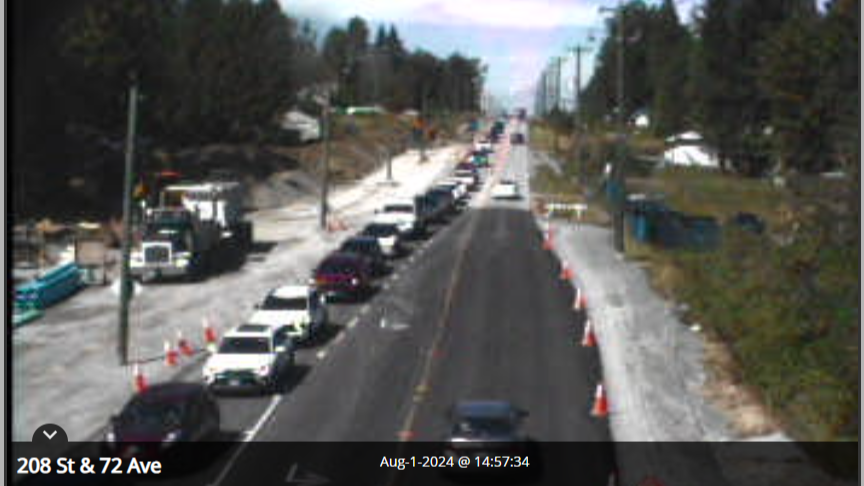Fire Alarm Smarts
Bjorn Rygg, Accredited Home Inspector • November 12, 2021

Smoke alarms are an important defense against injury or death in house fires. Here's what you need to know:
• As in real estate, location is key! Smoke alarms should be in installed every bedroom, outside every sleeping area, and on each level of the home.
• It's best to follow the manufacturer's instructions for placement, whether on the wall or ceiling. High, peaked ceilings have dead air space at the top; in these instances smoke alarms should be placed no closer than 3 feet from the highest point.
• There are two primary types of smoke alarm technology: ionization and photoelectric. According to the National Fire Protection Association, ionization alarms are more responsive to flames, while photoelectric alarms are more sensitive to smoldering fires. For the most comprehensive protection, both types or a combination unit should be installed.
• A common rule of thumb is to replace alarm batteries when changing to or from Daylight Saving Time in fall or spring. Many newer alarms have 10-year lithium batteries that eliminate the need for new batteries, but the unit itself must be replaced when the battery dies.
• If the alarms are hard-wired to the home's electrical system, make sure they are interconnected for maximum effectiveness – meaning that if one alarm is triggered, all of the others will sound as well.
• The newest type of interconnected smoke alarms are wireless. This technology allows detectors to communicate with one another and, like their hard-wired cousins, will sound all of the units even if just one is triggered initially.
Early alerting is key to surviving a fire. Following these simple but important measures allows occupants to be warned, helping to prevent injuries and fatalities.
If you have any further questions, feel free to contact me
Bjorn Rygg 604-532-0530

A new global analysis suggests Canada’s major metros are among the hardest places on earth for young people to buy their first home, with Vancouver, Toronto and Montreal ranking near the bottom of a 70-city affordability index. The study, from UAE-based developer Bloom Holding, estimates the typical first-time buyer in Vancouver enters the market at age 46, while those in Toronto and Montreal reach homeownership at around 40 and 39, respectively. The findings echo a broader North American trend. In the United States, the median first-time buyer age has climbed to a record 40, according to the National Association of Realtors — up from 33 just a few years ago — as higher rates and decade-long price gains delay ownership for younger households. 👉 Read the Article Here






